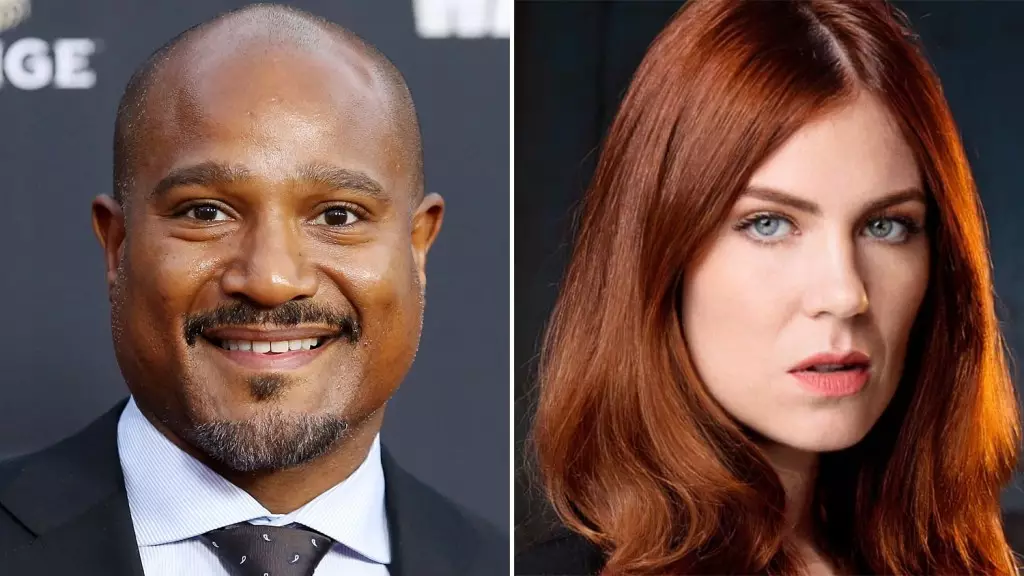“Stakeout,” the upcoming film adaptation of a short story starring notable actors Seth Gilliam and Sonja O’Hara, promises to inject much-needed originality into a saturated horror landscape. While vampire lore has become somewhat predictable in modern media, director and writer Micah Khan aims to scramble expectations by embedding a deep psychological narrative within a paranormal context. Instead of merely showcasing a series of gruesome killings, the film’s framework focuses on a duo of detectives grappling with their own faceless fears while hunting a brutal serial killer who preys upon the shadows of a deteriorating society.
This exploration of human intricacies before the paranormal becomes critical. It roots the story in reality while serving up characters whose struggles to embrace courage against malevolent forces resonate on both personal and universal levels. The thematic focus on exploring our fears of the unknown and tackling real-world issues sets “Stakeout” apart. Here, vampires become a metaphor for societal decay, making it more than just another horror flick.
Strong Female Characters in a Genre Often Lacking Complexity
Unlike many horror films that fall into the trap of relegating female characters to mere plot devices or victims, “Stakeout” promises compelling roles for its female leads. Sonja O’Hara, known for her Emmy-nominated performance in “Doomsday,” is set to play a pivotal character, thereby challenging gender norms in genre films. Too often, women’s roles in thrillers hinge on sexualization or victimization, but the creators aim for something richer.
Khan’s vision seems aligned with contemporary calls for more substantive representation in cinema. O’Hara’s involvement, not just as an actress but also as a director, showcases her multifaceted talent and sheds light on the importance of women taking control of their narratives in the industry. If executed well, this could inspire a new wave of filmmakers who wish to challenge outdated tropes and create complex female protagonists firmly rooted within the heart of the story.
The Potential for a Broader Universe
Khan’s plans for “Stakeout” extend beyond a mere standalone feature; he envisions an entire universe plagued by a hidden vampire epidemic. This approach is emblematic of modern cinema’s trend of crafting interconnected narratives. However, it begs the question: Can “Stakeout” successfully launch a cohesive universe without fragmenting its storyline?
The success of world-building lies in the careful balance between overarching mythology and engaging individual stories. The potential for sequels and spin-offs provides an enticing puzzle. Given Khan’s intent to draw from the “shadows” of humanity’s fears, there is an exceptionally ripe ground for weaving these narratives into a larger tapestry that doesn’t compromise depth for sheer spectacle.
Creative Challenges and Market Saturation
Yet, the film’s creative ambition comes tethered with substantial challenges. The market is saturated with horror and paranormal-themed films, creating raised eyebrows for originality. Memorable stories are harder to come by, making it necessary for “Stakeout” to rise audaciously above its contemporaries. The creative team must stay alerts to tread the delicate line between homage to past vampire tales and introducing novel ideas.
In an era where audiences crave authenticity and depth, “Stakeout” needs to resonate on a personal level while still delivering the thrills synonymous with the genre. It remains to be seen whether this film can innovate effectively in a genre that often recycles themes and ideas.
With its unique premise, empowered female characters, and an ambitious vision of interconnected stories, “Stakeout” has the potential to not only invigorate the paranormal thriller genre but also offer a fresh storyline that presses upon the collective subconscious. However, the question of execution remains pivotal, creating excitement and skepticism in equal measure amongst audiences eager for something new.


Leave a Reply